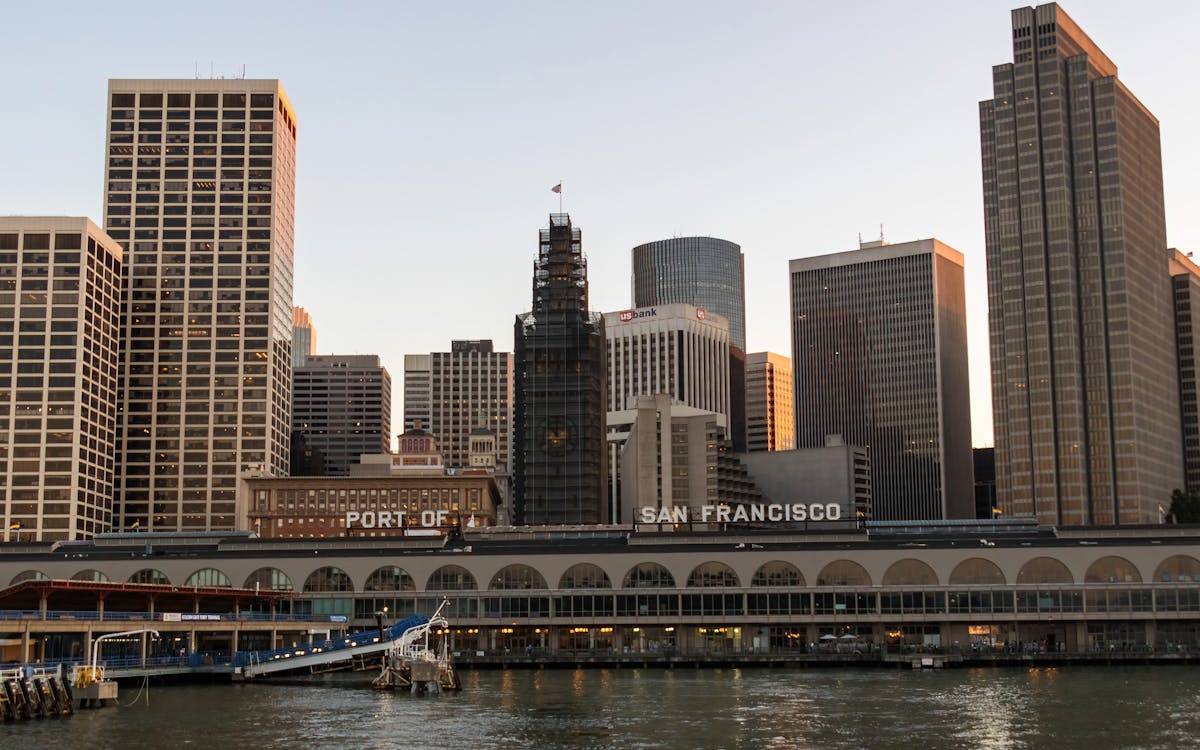Nature’s Comeback: How Communities Rebuild the Bay
Nature’s Comeback: How Communities Rebuild the Bay
Blog Article

Why Restoration Matters More Than Ever in the Bay Area
Over the last couple of decades, the San Francisco Bay has weathered the effect of urban expansion, commercial growth, and environment change. As soon as teeming with wild animals and rich marshes, a lot of the bay's natural environments have been fragmented or deteriorated. Yet amid these difficulties, something exceptional is occurring: local homeowners, volunteers, and grassroots efforts are leading a wave of environmental restoration that's bringing brand-new life back to the Bay.
Repair isn't practically growing trees or cleaning up garbage, though those efforts are essential. It's concerning reconstructing the foundations of life, from marsh yards that support fish baby rooms to shoreline barriers that guard against flooding. And in this area, the power of community participation is transforming the tide really reasonably.
From Marshland to Miracle: The Return of Native Habitats
Among the most noticeable changes occurring in the Bay Area is the re-emergence of indigenous habitats. Marshes that were as soon as drained or led over are being rehydrated and replanted. Grasses and bushes aboriginal to the region are being cultivated by area teams, who commonly rely on regional volunteers to aid grow plants and handle regulated growing events.
These native plants do more than add plant to the landscape. They supply refuge to migratory birds, pollinators, and small animals, producing pockets of biodiversity in the middle of busy urban zones. As these habitats expand, so does the environmental health and wellness of the Bay itself. When neighborhood homeowners take time out of their weekend breaks to obtain their hands in the dirt, they're not simply growing-- they're joining the restoration of a living, breathing community.
The Role of Education in Fostering Environmental Stewards
Education plays a vital component in why these community-led initiatives are functioning so well. Schools, community centers, and nonprofit groups are organizing hands-on learning experiences where individuals of every ages can recognize the scientific research and relevance of reconstruction. These programs often bring individuals one-on-one with problems like erosion, pollution, and water level increase-- topics that can really feel abstract up until they're seen up close.
When someone sees the fragile equilibrium of an estuary or finds out exactly how a single plant varieties can filter toxic substances from the water, the value of that expertise ends up being personal. And with that said understanding comes the motivation to act. Restoring ecological communities ends up being less of a job and more of a goal. This deep connection to neighborhood spaces is what establishes the Bay Area apart and fuels the long-lasting success of these efforts.
Using the Digital World to Drive Real-World Change
Remarkably, the press to heal the Bay's ecological communities isn't happening in isolation from the digital world. Technology is coming to be a powerful device in rallying assistance, spreading understanding, and attaching communities. Whether via citizen science applications that track indigenous species or community discussion forums organizing reconstruction events, the online area is enhancing boots-on-the-ground activity.
In recent times, even local outreach methods have actually advanced. For example, a social media marketing agency in the Bay Area could sustain environmental campaigns by helping volunteers amplify their influence, inform their tales, and influence others to get entailed. These electronic touchpoints have the power to turn a small weekend cleaning right into a regional activity merely by letting individuals recognize it's occurring-- and that it matters.
Email Campaigns That Inspire and Inform Local Change-Makers
An additional electronic technique making a tangible distinction is email interaction. Updates regarding remediation events, seasonal growing efforts, and contribution drives are typically shared through meticulously crafted newsletters that strike an equilibrium between being useful and motivating. It's this website not uncommon for a well-timed project from an email marketing agency in San Francisco to bring a thrill of volunteers or donations to a job in need.
These e-mail projects aren't just transactional-- they're transformative. By informing clients about the direct influence their participation has, they nurture long-lasting engagement. Visitors involve feel like stakeholders in the health and wellness of their region, which psychological link translates to lasting commitment.
The Unseen Work of Connecting Data, Communities, and Nature
Behind every successful repair task exists a complex web of coordination. There's research study to comprehend what environments require most, neighborhood responses to form comprehensive strategies, and follow-up tracking to make certain success. This sort of recurring initiative usually requires not simply heart, yet information, approach, and interaction.
That's where the assistance of a digital marketing company in the Bay Area can make a peaceful but essential difference. By aiding organizations build solid digital systems, collect insights, and improve their messaging, these groups allow community teams to scale their impact. The outcome is a much more linked and effective movement, where every activity counts, and every person seems like they're part of something larger.
The Power of People in Preserving the Bay's Future
If there's one thing the Bay Area has actually shown, it's that restoration doesn't need to start with large institutions or massive budget plans. It can start with one neighbor drawing weeds from a trail, one trainee growing a native seedling, or one family members appearing to a coastline cleanup. These little activities add up, particularly when they're sustained by smart techniques and shown to the broader neighborhood.
There's something distinctly hopeful about seeing the tides transform-- both figuratively and essentially-- for nature. The Bay is far from completely brought back, yet it's being revitalized each day with the determination and treatment of those that call this area home. With each marsh rebuilt and each indigenous species safeguarded, we're not just bring back environments-- we're visualizing what's possible when neighborhoods lead with function.
Keep following this blog for more stories on local change, community impact, and the ways you can be part of safeguarding the natural beauty that surrounds us.
Report this page